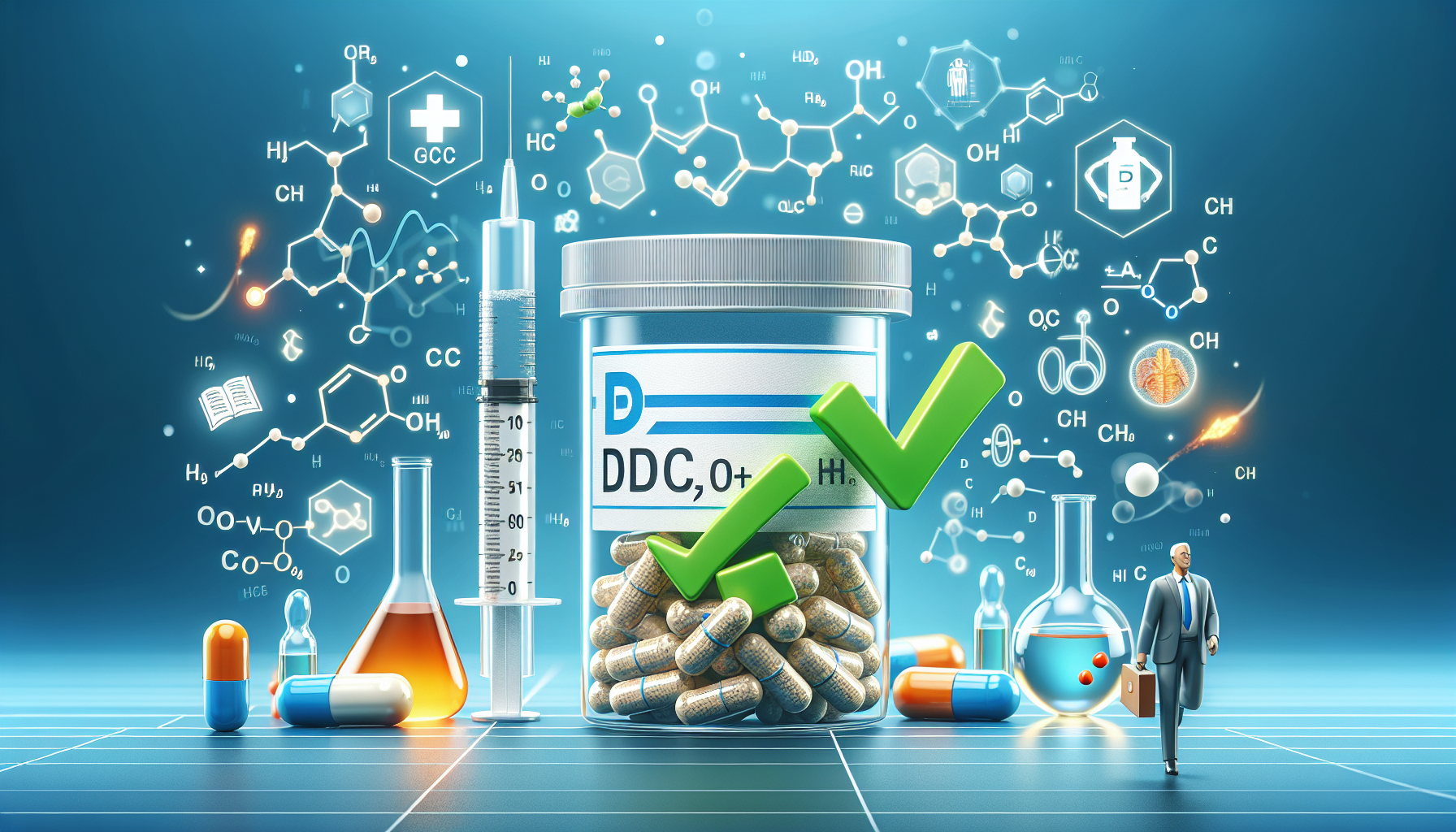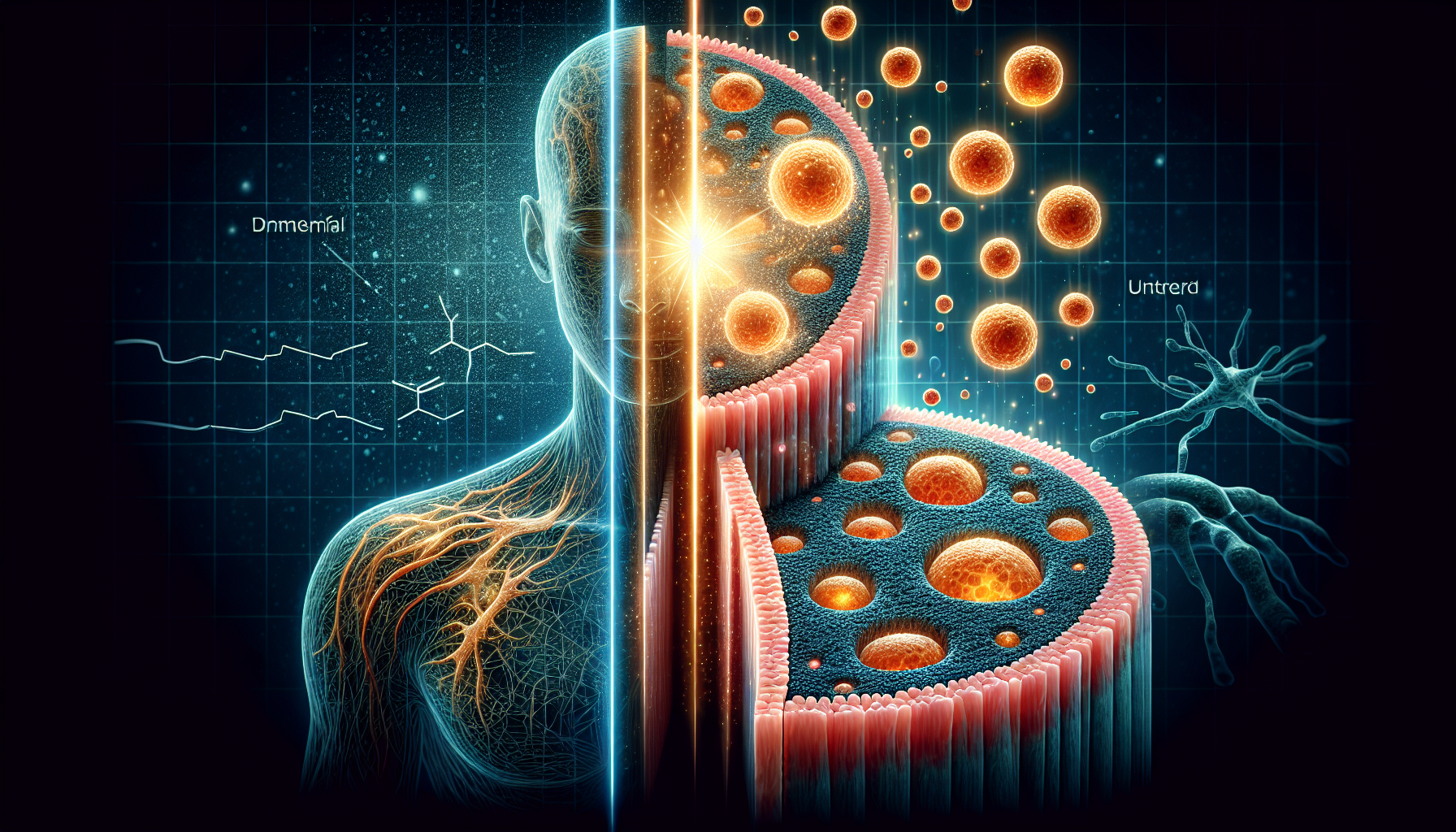Exploring the Pharmacokinetic Profile of STS101 in a Crossover Study
Key Takeaways
- STS101 achieves high plasma concentrations of DHE rapidly within 20 minutes post-administration, outperforming traditional liquid nasal spray formulations.
- The study indicated that STS101 has a consistent peak plasma concentration, suggesting lower variability and potentially more reliable clinical performance.
- The safety profile of STS101 is promising with most adverse events being mild, making it a potential alternative for migraine treatment with further research needed.
Did You Know?
Introduction to STS101 and Study Overview
A recent study led by Dr. Richard B. Lipton at the Montefiore Headache Center has brought new insights into the pharmacokinetics of STS101, an intranasal dihydroergotamine (DHE) powder. This study was designed as a randomized, open-label, 5-period crossover trial, focusing on the safety and efficacy of STS101 compared to other DHE formulations.
The trial involved 36 healthy participants and tested three different doses of STS101 alongside a liquid nasal spray (LNS) and an intramuscular (IM) injection of DHE mesylate. The primary goal was to observe the plasma concentrations of DHE after administration and assess the pharmacokinetic parameters.
Pharmacokinetic Results and Comparisons
The results from the study indicated that STS101 achieves high plasma concentrations of DHE rapidly, within just 20 minutes post-administration. These levels were notably higher than those seen with the traditional liquid nasal spray form. The study utilized advanced liquid chromatography and tandem mass spectrometry (LC-MS/MS) techniques to measure these concentrations accurately.
For the STS101 doses, the peak plasma concentrations (Cmax) were significantly consistent, suggesting a lower variability compared to the liquid nasal spray. This consistency might predict a more reliable and robust clinical performance for STS101.
Safety Profile and Adverse Events
Throughout the study, the safety of STS101 was closely monitored, with the majority of treatment-emergent adverse events being mild and non-severe. The incidence of nasal adverse events and nausea was slightly higher with increased doses of STS101, but still within acceptable limits when compared to other nasal migraine treatments.
Interestingly, the study reported no serious adverse events or deaths, highlighting the potential of STS101 as a safe treatment option for migraine sufferers.
Implications for Clinical Use
The findings from this study suggest that STS101 could offer a more predictable and effective treatment alternative for migraine attacks, due to its rapid absorption and lower variability in plasma concentrations. The 5.2 mg dose of STS101, in particular, appears to balance efficacy with minimal adverse effects, potentially setting a new standard in migraine management.
Further research and larger clinical trials will be essential to fully understand the benefits and limitations of STS101, especially in comparison to existing DHE formulations.






